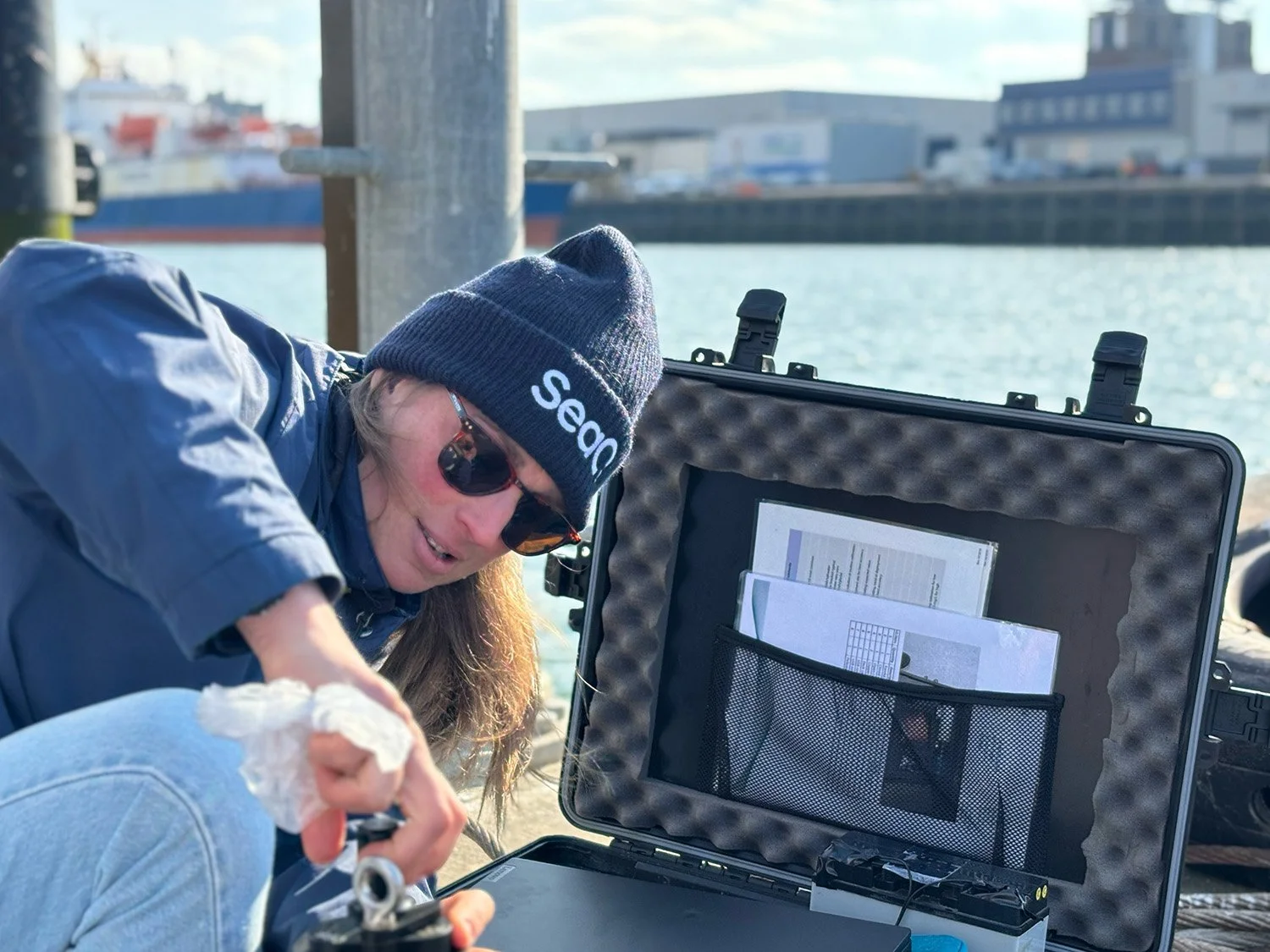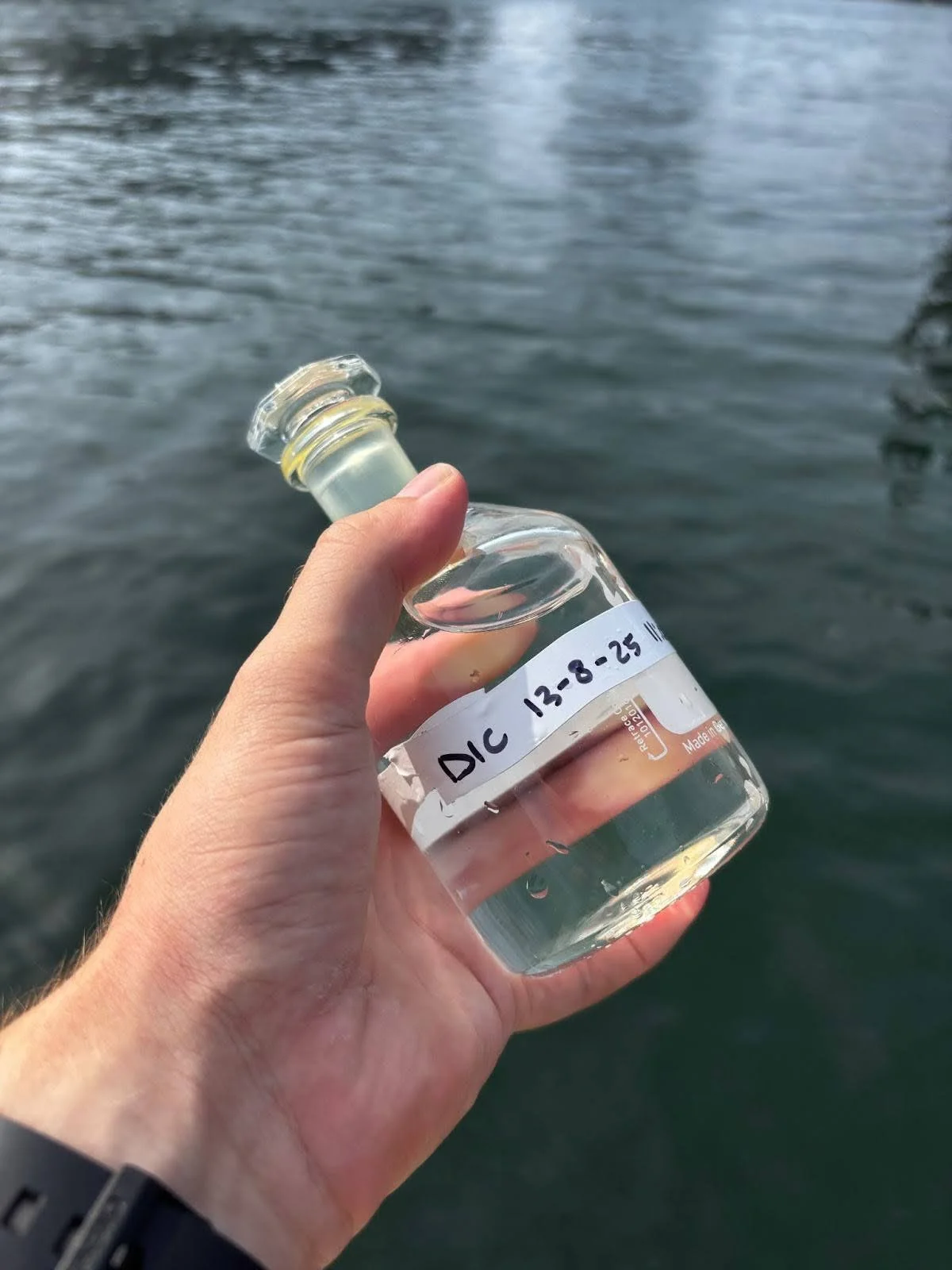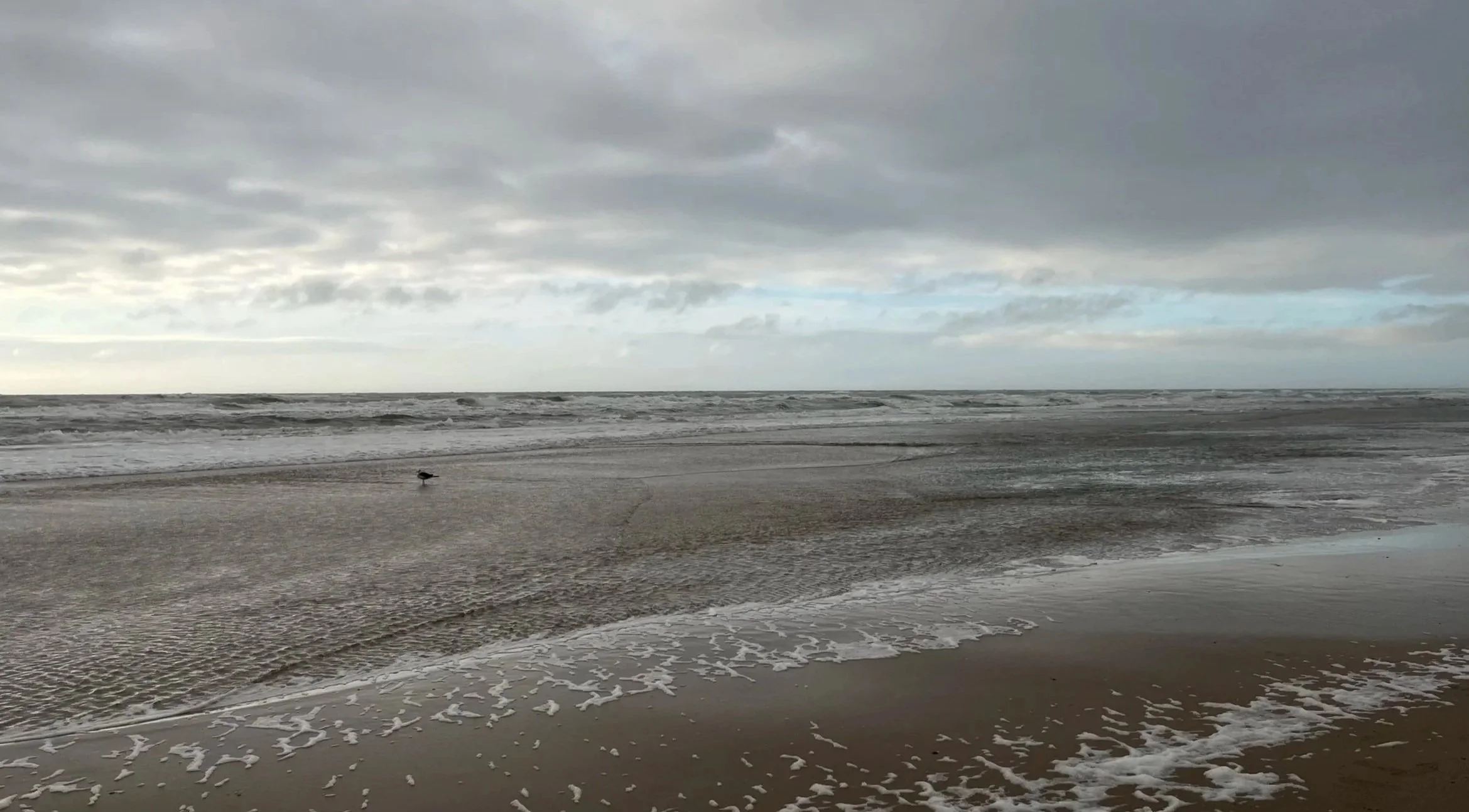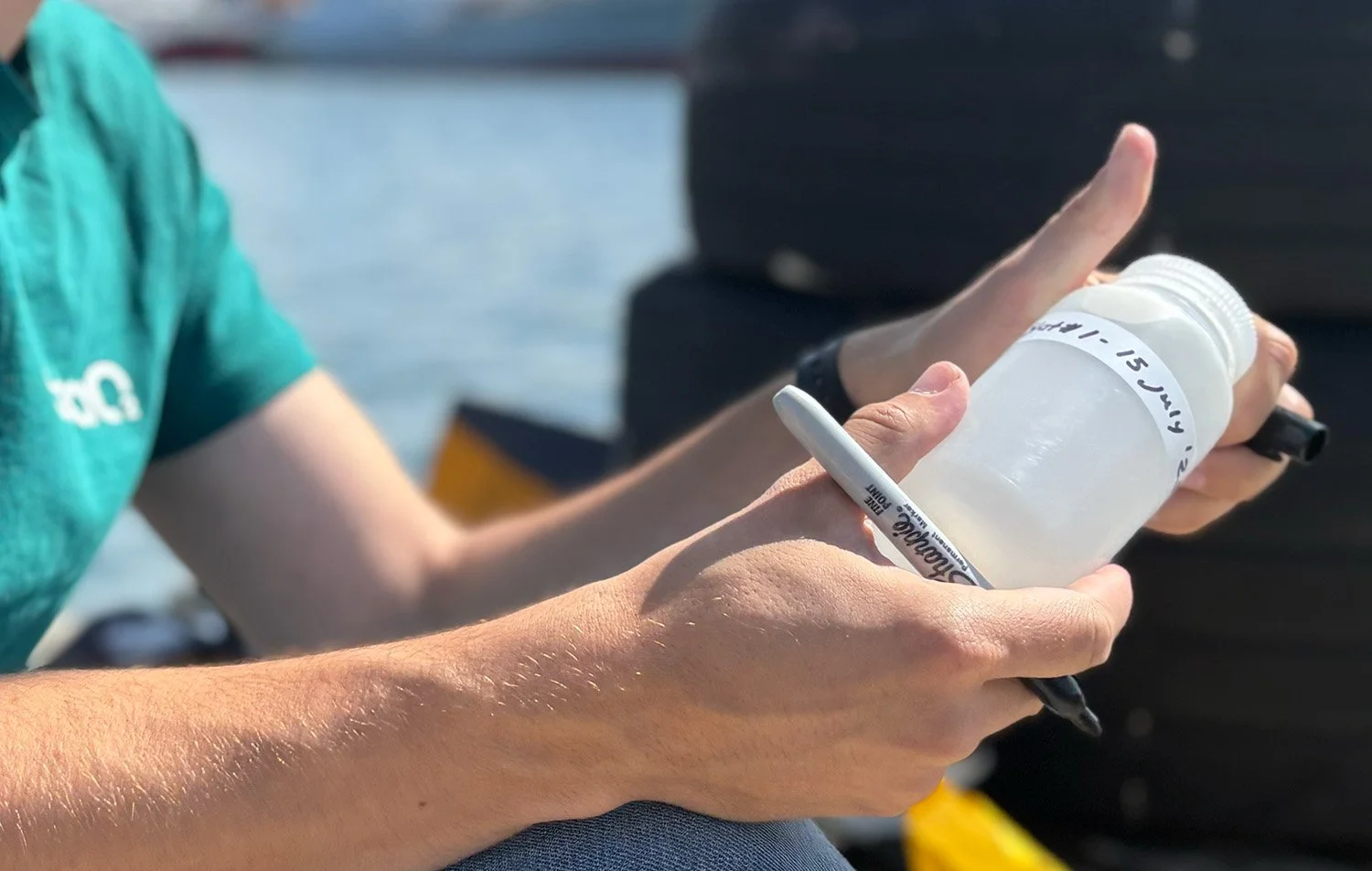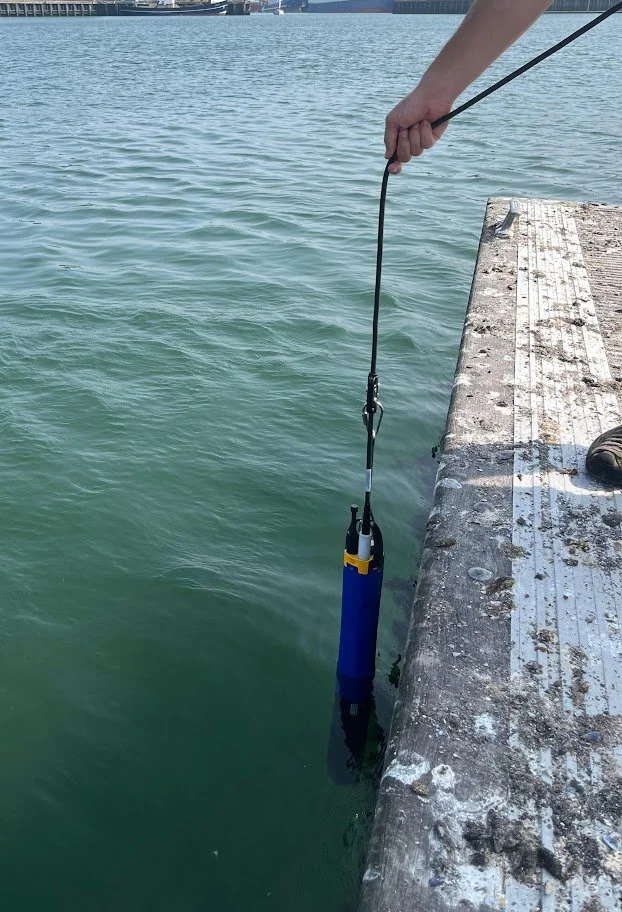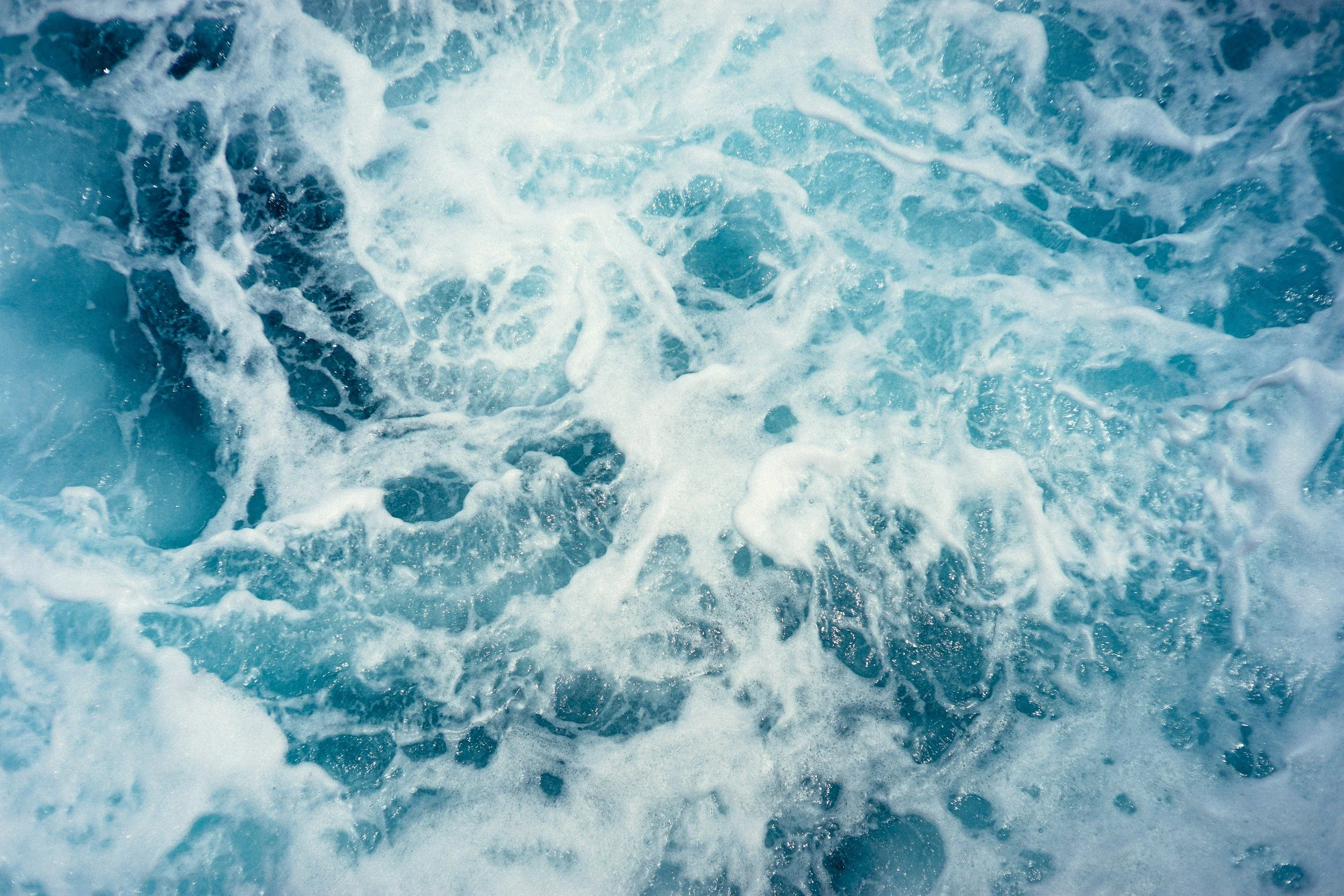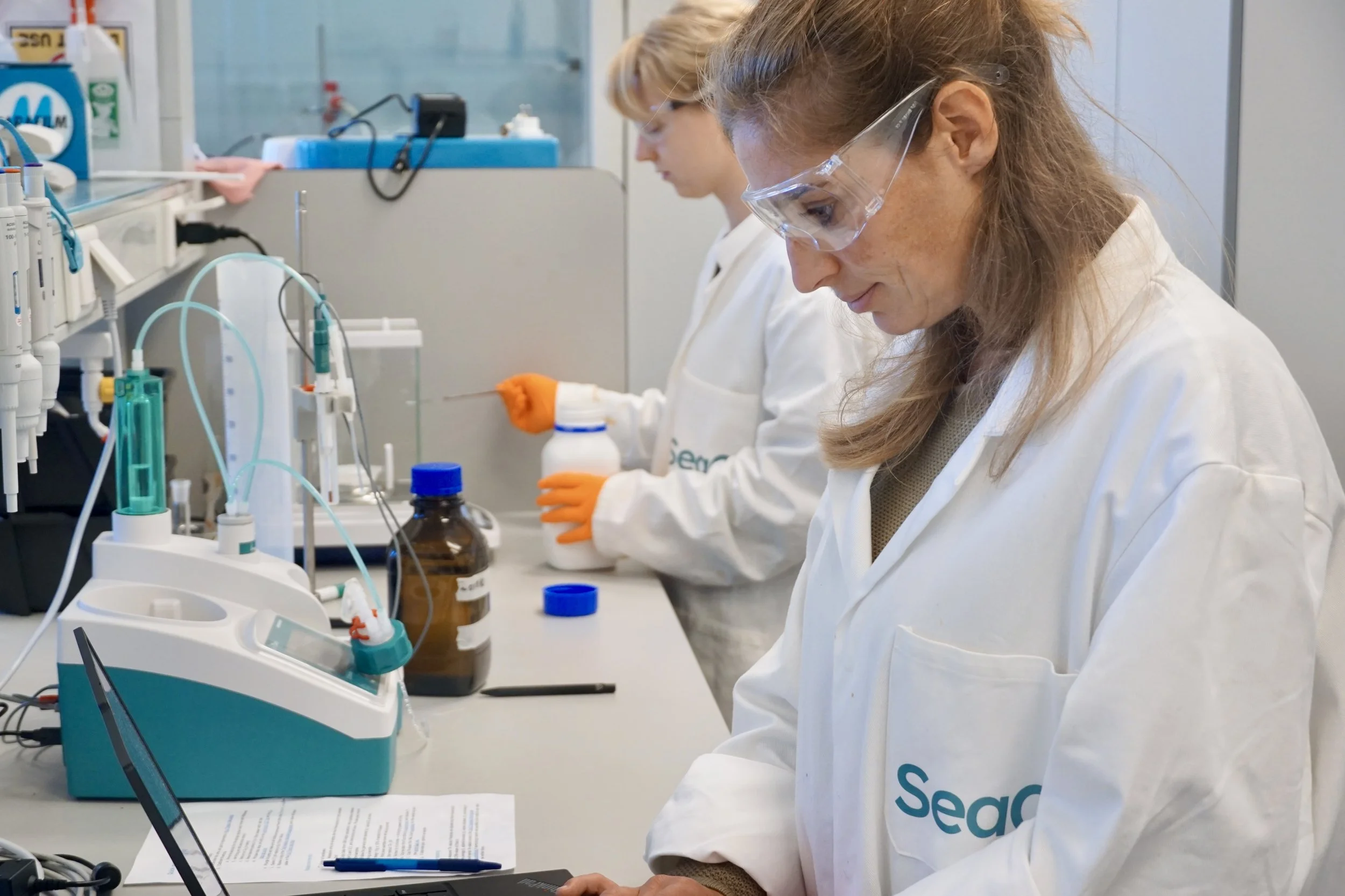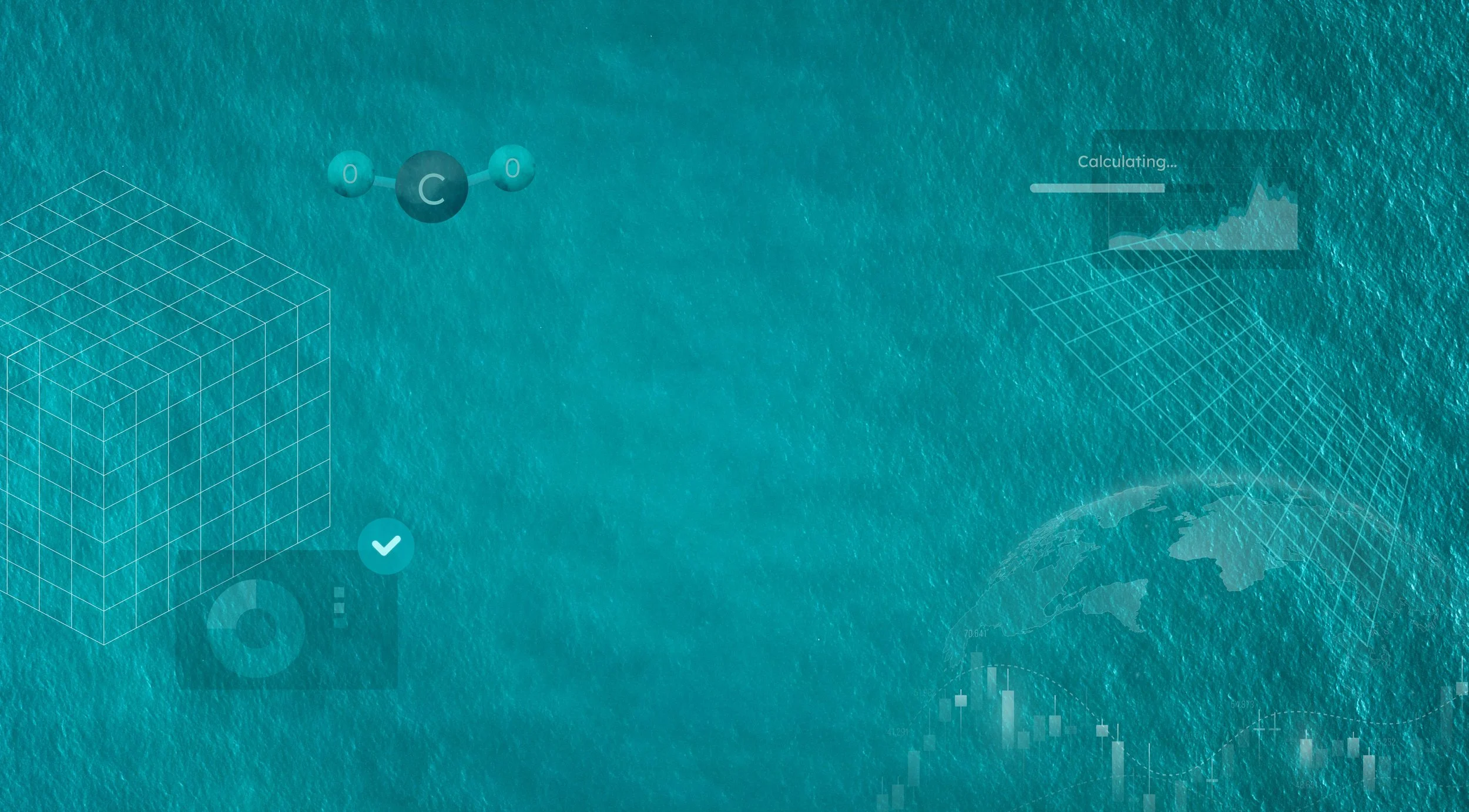
Ocean Health
SeaO₂'s mission is to combat climate change by leveraging seawater's natural capacity to absorb CO₂ from the atmosphere. Our technology removes CO₂ that oceans have already absorbed, creating space for additional atmospheric CO₂ uptake. To ensure our technology respects the environment and ocean health, all our projects are subject to site-specific environmental permits and comply with applicable local and national regulations. Our projects follow dedicated monitoring protocols focused on key environmental indicators throughout all project phases—before, during, and after operations.
Before a project starts, we conduct an environmental baseline study. This includes the monitoring of key water quality parameters, such as pH, turbidity, dissolved oxygen, and chlorophyll-a, to investigate how these vary over longer periods of time. We also monitor the seawater CO₂-system during a baseline period (see also our MRV page).
We also check whether there are protected species or habitats near projects. Additional ecological baseline monitoring may be appropriate. This is determined on a project by project basis, based on consultations with regulators, experts and other stakeholders, and factoring in project specific details such as scale and location. Such additional baseline monitoring may include surveys of fish abundance, microbial life, or environmental DNA.
We model the mixing of decarbonized water discharge in the environment through a mixing zone analysis. This informs us of potential local changes in water quality. For example, pH is locally elevated when we remove CO₂ from seawater, because the removed CO₂ is acidic (ocean acidification normally lowers pH).
This analysis is done using computer models. These models help us determine appropriate locations for long term monitoring, and their results are discussed with regulators.
During the project’s operations, we continue to monitor water quality, the seawater CO₂-system, and any additional ecological parameters identified during the baseline monitoring phase. Monitoring using sensors can confirm the accuracy of the mixing zone analysis and determine whether these need to be updated further. The discharge of decarbonized seawater will be controlled, with variables such as the temperature, salinity, flow rates, pH and oxygen continuously monitored at the intake and discharge point. Additionally, we periodically collect bottle samples to analyse the seawater CO₂-system. This data is used for ensuring environmental safety, adhering to regulatory threshold, and for the MRV of carbon removals.
After a project’s completion, we will decommission the project, restoring the site, and include continued environmental monitoring as needed.
In the Direct Ocean Carbon Capture process, seawater is pumped and filtered. This needs to occur without putting significant pressure on the marine ecosystem. Seawater pumping and filtration is used in many industries, so we follow established best practices to minimize its environmental impacts.
Our siting strategy includes co-location with infrastructure that already pumps seawater, for example for desalination or industrial cooling, to reach a capacity of tens of megatons of CO₂-removal. By leveraging existing streams of pumped and filtered water, our seawater intake does not put additional stresses on ecosystems, while providing additional value to the existing water stream.
Aside from our own monitoring, SeaO₂ fosters research collaborations including additional scientific monitoring, testing of new sensors, and laboratory, mesocosm or modeling studies. SeaO₂ currently operates at pilot scale, but to combat climate change, our technology must scale to remove tens of megatons to gigatonnes of CO₂ per year with a net positive environmental impact. Research collaborations help ensure safe and responsible scaling and can further establish potential benefits like locally mitigating ocean acidification.
Research Collaborations
Questions about Ocean Health?
We are currently working on an MRV framework document that describes our MRV process and activities in relation to Ocean Health in more detail. Questions can be addressed to mrv@seao2.com.

